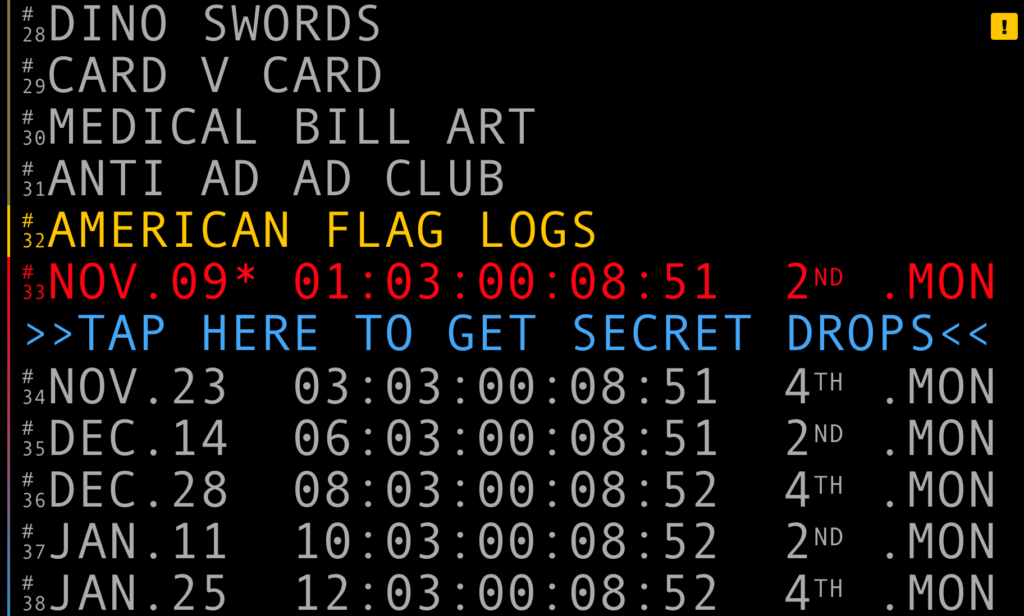For Depositphotos’ 2021 Visual Trend Report, I and Magnus Löwing curated and formulated two visual trends and one user experience direction we think we prevail in 2021 and beyond. Read the full report here
Visual Trend 1: Afrofuturism
"Black to the Future"
Afrofuturism is defined by Ingrid LeFleur—curator, activist and afrofuture strategist— as "a way of imagining possible futures through black cultural lens." This methodology which originated in the early 90s is seeing a comeback across all means of visual expression from TV series and fashion to digital arts and D2C brands.
Afrofuturism narratives are usually inspired by the themes of feminism, alienation, and fluidity. These narratives expressions are characterized by their deviant, disembodied, and grotesque nature. In elevating these characteristics, heavily-hued color palettes, spiritualized human figures, extended body parts augmented in 3D, as well as alienated textured surfaces are common motifs.
When taken together, Afrofuturism's visceral, surrealistic, and tactile visual universe helps its beholders shift out of the world as we know it, and imagine a future that's an expressive and liberating space—a space where personal identities are plural and boundless, and where technologies are used not to replace, but to elevate and extend all of humanity.








Visual Trend 2: The Dot Matrix
An antidote to the post-truth era
This year's cultural themes of unrest and uncertainty will most likely have an impact on visual trends in the coming years. A space where we have already seen the influence of these two factors is in the display of information.
In a time where misinformation travels faster than truth, and people have shortening attention spans, designers are combating this phenomenon with a more pragmatic, direct, poignant, and evocative approach to presenting text: the dot matrix.
The dot matrix aesthetic is inspired by the early days of the personal computer and the visuals portrayed on screens in the 80s—back when displayed graphics weren't that far from the look of the actual system that produced them.
In this new approach, we see a departure from the visual fads of the past years like the use of color layers, gradients, rounded corners, and those pristine drop shadows. In place of those, we see the applications of ascii art, cut-into typography, limited color ranges, and blown-up low-res images in combination with rudimentary animations to depict early interfaces









User Experience Trend
The Ownership Economy
Gen Z, which accounts for ~35% of the global population and represents ~ $143B in spending power, is undoubtedly the generation that is shaping how consumers creators and fans will be interacting with one another in the future. Driven by their pragmatic optimism and fueled by their digital savviness, Gen Z is finding new ways to make money while investing in their identities simultaneously.
In this area, there is a rising phenomena called The Ownership Economy, sometimes also referred to as "The New Fan Club," "The Participatory Economy," or "The Tokenization of Culture.” The Ownership Economy"—pioneered and powered by cryptonetworks—allows Creators to monetize content and give Fans economic incentives to help drive their creators' success.

An example of this new model is Foundation, a culture stock exchange that allows creators to tokenize their creation. These tokens can then be bought, sold and, or redeemed for other goods and services by fans. Similar development can also be seen in the move of Reddit launching their Community Point program or the rise of nascent platforms like Cent, Rally, or Roll.
With the backdrop of increasing ethical and monopolistic charges against Big Tech, it's not hard to speculate that this trend of redistributive and cooperative economic system is here to stay.